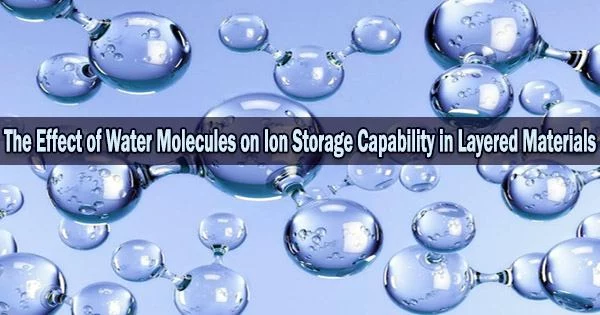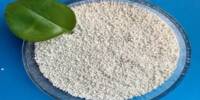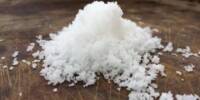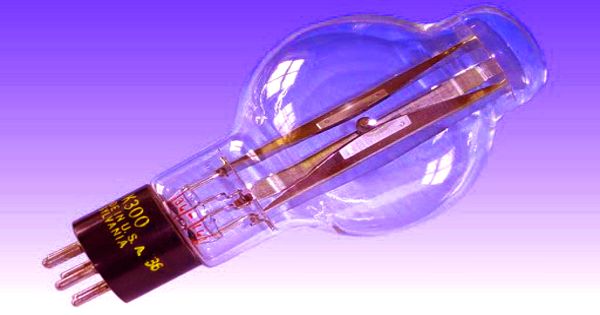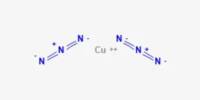The incorporation of water molecules into layered materials can affect the ion storage capability of these materials. This can be due to the interaction of the water molecules with the ion storage sites, which can change the electronic and structural properties of the material, reducing its capacity for ion storage.
Researchers have experimentally detected the structural change of hydration water confined in the tiny nano-scale pores of layered materials such as clays. Their findings might lead to new ion separation and energy storage possibilities.
A significant experimental difficulty has long been determining how the arrangement of ions in layered materials like clays interacts with the structure of water molecules integrated into those materials.
But in order to witness these interactions for the first time, researchers have now adopted a method that is frequently used to quantify incredibly small weights and molecular interactions at the micro level.
Their research was published in Nature Communications on Oct. 28, 2022.
Many materials take a layered form at the microscopic or nano-scale. Clays, for instance, resemble a stack of sheets when they are completely dried. However, when such layered materials come into contact with water, the water may be contained and incorporated into the openings, holes, or, more precisely, the “pores” between layers.
When water molecules or their component parts, particularly a hydroxide ion (a negatively charged ion made up of a single oxygen and a single hydrogen atom), are incorporated into the material’s crystalline structure, this “hydration” can also take place. This type of material, a ‘hydrate’, is not necessarily ‘wet’ even though water is now part of it. Hydration can also substantially change the original material’s structure and properties.
In other words, any change in ion interaction originates with the change in the hydration structure that occurs when ions are incorporated into the nano-space.
Tomohito Sudare
The ability of the original material to store ions (positively or negatively charged atoms or groups of atoms) in this ‘nanoconfinement’ is determined by the hydration structures, or how water molecules or their component elements arrange themselves.
Such layered materials, from typical clays to layered metal oxides, and, critically, their interactions with water, offer a wide range of applications, from energy storage to water purification, as a result of their ability to store water or charge.
It has proven to be quite difficult to understand the interaction between this hydration structure and the ion configuration in the ion storage mechanism of such layered materials. And efforts at analyzing how these hydration structures change over the course of any movement of these ions (‘ion transport’) are even more difficult.
Recent studies have demonstrated the crucial role that these water structures and interactions with the layered materials play in the latter’s high ion-storage capabilities; however, this is all dependent on how flexible the layers that house the water are.
Any pores that are not filled with ions between layers are filled with water molecules, which aids in stabilizing the layered structure.
“Put another way, the water structures are sensitive to how the interlayer ions are structured,” said Katsuya Teshima, corresponding author of the study and a materials chemist with the Research Initiative for Supra-Materials at Shinshu University. “And while this ion configuration in many different crystal structures controls how many ions can be stored, such configurations until now had rarely been systematically investigated.”
So Teshima’s group looked to ‘quartz crystal microbalance with energy dissipation monitoring’ (QCM-D) to assist with their theoretical calculations. In essence, QCM-D is a device that functions like a balance scale and can measure incredibly small weights and chemical interactions at the nanoscale. The technique can also measure tiny changes in energy loss.
For the first time, the researchers employed QCM-D to show that the change in the structure of water molecules contained in the nano-space of layered materials may be observed experimentally.
They did this by measuring the ‘hardness’ of the materials. They looked into the negatively charged clay class’s layered double hydroxides (LDHs). They discovered that any time there is an ion exchange process, the LDHs stiffen due to the hydration structures.
“In other words, any change in ion interaction originates with the change in the hydration structure that occurs when ions are incorporated into the nano-space,” added Tomohito Sudare, a collaborator on the study now with the University of Tokyo.
In addition, the researchers found that the hydration structure is highly dependent on the charge density (the amount of charge per unit of volume) of the layered material. This in turn is largely what governs the ion storage capacity.
In order to improve the ion-storage capability of layered materials, the researchers will now use these measuring techniques in conjunction with their understanding of the hydration structure of ions, potentially creating new pathways for ion separation and long-term energy storage.
